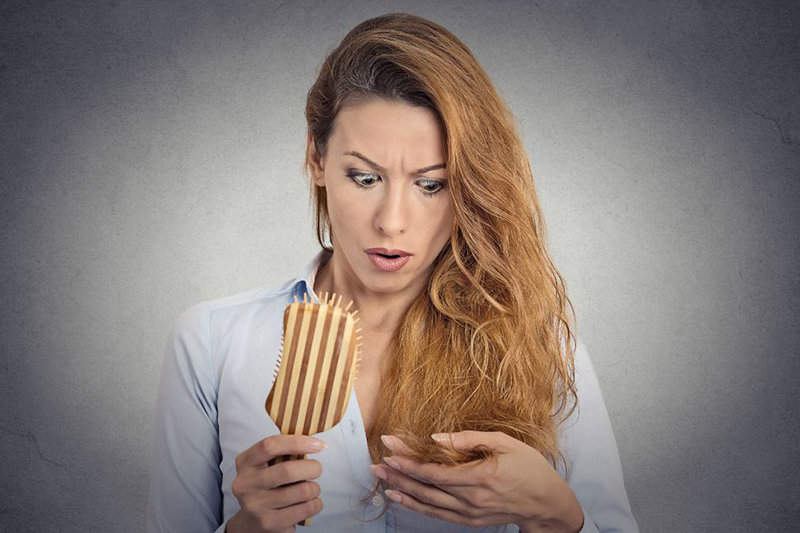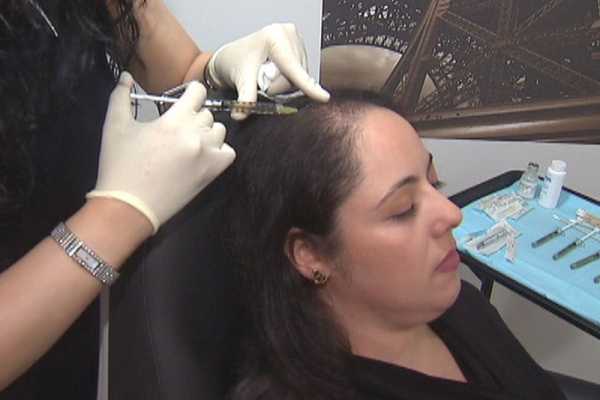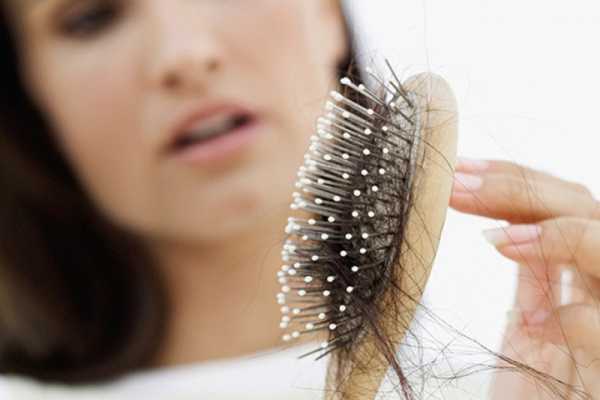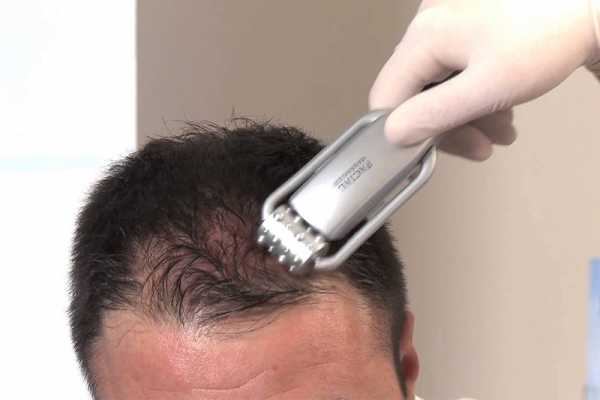
Hair loss is something that is quite common nowadays, and as per the American Academy of Dermatology, it’s okay to lose between 50 and 100 hairs each day. However, no one really likes to lose bulks of hair strands.Dr David J Wong, who is a clinical associate professor of dermatology at Stanford University opines that once you start losing more than 50 to 100 hairs each day, then it simply means that you have an unusual rate of hair loss. Women, in general, when they find that they have hair loss, they start worrying too much and hence you would see them running around for solutions. It not The American Hair Loss Association, which is a consumer organisation devoted to the prevention and treatment of hair loss, says that hair loss can cause psychological damage to the women, which can directly affect the physical health.
Female Pattern Hair Loss (FPHL)
Female Pattern Hair Loss or androgenetic alopecia is the most common cause of progressive hair loss in women. As per the American Academy of Dermatology, it affects around 30 million American women.
When you have FPHL, you will find that your hair thins to a large extent on the crown and the top of the scalp, normally beginning with a widening through the centre hair part.Wong says that FPHL is identified by miniaturisation of the hair follicles, where the hair follicles become smaller and produce thinner, shorter, more brittle hairs, and can ultimately stop producing any hair. Unlike men, the hair loss in women will rarely produce total baldness.
Making a Diagnosis
–

–
Wilma F Bergfeld, who is a senior dermatologist at the Cleveland Clinic and previous president of the American Academy of Dermatology says that women exhibit hair loss for many reasons and each demands different treatment. Therefore, it’s better to discuss with a dermatologist.Diagnosis is normally based on some factors, ruling out other reasons for hair loss, the condition and model of the hair loss and your medical records.
Possible Causes of Hair Loss
The exact reason for female hair loss is not entirely known. However, it is believed to be linked to a family history of male or female baldness, variations in the levels of male hormones (androgens) and also ageing. Five potential causes of hair loss are as follows:
Menopause
–

–
As per the North American Menopause Society, women, as they reach the age of fifty, they will undergo some degree of hair loss or hair thinning, which often exacerbates with menopause.
Illness or Underlying Medical Conditions
The American Academy of Dermatology or AAD states that some diseases, as their first sign, show sudden hair loss. The diseases include diabetes, anaemia, thyroid disease or lupus. Ringworm, PCOS or the Polycystic ovary syndrome (PCOS) and some cancer treatments are some of the other conditions which can cause hair loss.
Stress or Trauma
According to the Mayo Clinic, you may find extreme hair shedding many months after a stressful or traumatic incident. You may also find abrupt or excessive weight loss or a high fever. You don’t have to worry about that sort of shedding because it is just temporary. However, it can last even longer if your stress or anxiety persists.
Dieting and Poor Nutrition
–

–
If you are on a poor diet, then, that can directly or indirectly affect your hair. The body changes its nutritional stores to vital organs like your heart and brain. So, if there is a shortage of nutrients, then the nutritional stores will move away from your hair. Low iron stores, low vitamin, D Low protein and calcium can produce hair loss. Intake of dietary supplements is not the ultimate solution for this. A research published in Clinical and Experimental Dermatology observed that excessive levels of supplements can actually produce hair loss and should not be practised unless there is an actual deficiency.
Rough Handling
Traction alopecia is a sort of hair loss which is caused due to years of pulling hair too tight in a bun or ponytail or perhaps by wearing it in cornrows or braids, which can put stress on the hair. The other reasons for hair loss could be by the regular use of hair dyes, bleaching, or some other chemical hair products and also the usage of straightening irons and curling wands.
Treatment for Hair Loss
–

–
Minoxidil, which is commonly known by the brand names Rogaine or Theroxidil, is the only over-the-counter medication recommended by the FDA or Food and Drug Administration for female pattern hair loss. As per the Harvard Health Publications, it is a topical treatment which assists in slowing or stopping the hair loss in nearly one in four or five women and can produce some new growth of beautiful hair in some women.It generally takes around one year to see how well the method will work for you and this is a life-long responsibility. Hence, if you stop it, the hair loss will begin again.Although the treatment may promote hair growth, it normally won’t alter the course of the condition.
You don’t have to worry if the minoxidil does not work since there are other “off-label” medicines, such as spironolactone (Aldactone), cimetidine (Tagamet), Ketoconazole, and sometimes hormone replacement therapy (HRT) which can help you with the hair loss. Spironolactone is a drug which is used to treat hypertension and cimetidine is a class of histamine blockers. On the other hand Ketoconazole is an antifungal agent.
The American Academy of Dermatology opines that once your dermatologist has discovered the cause of your hair loss, he or she can explain to you what to anticipate. At times, the hair will start to re-grow on its own. And some other times, you may need to alter what you are doing to enable the hair to start regrowing.Wong explains that the key is to recognise the signs early so that we can negotiate with possible treatments at the early stage when we can reduce the outcomes.